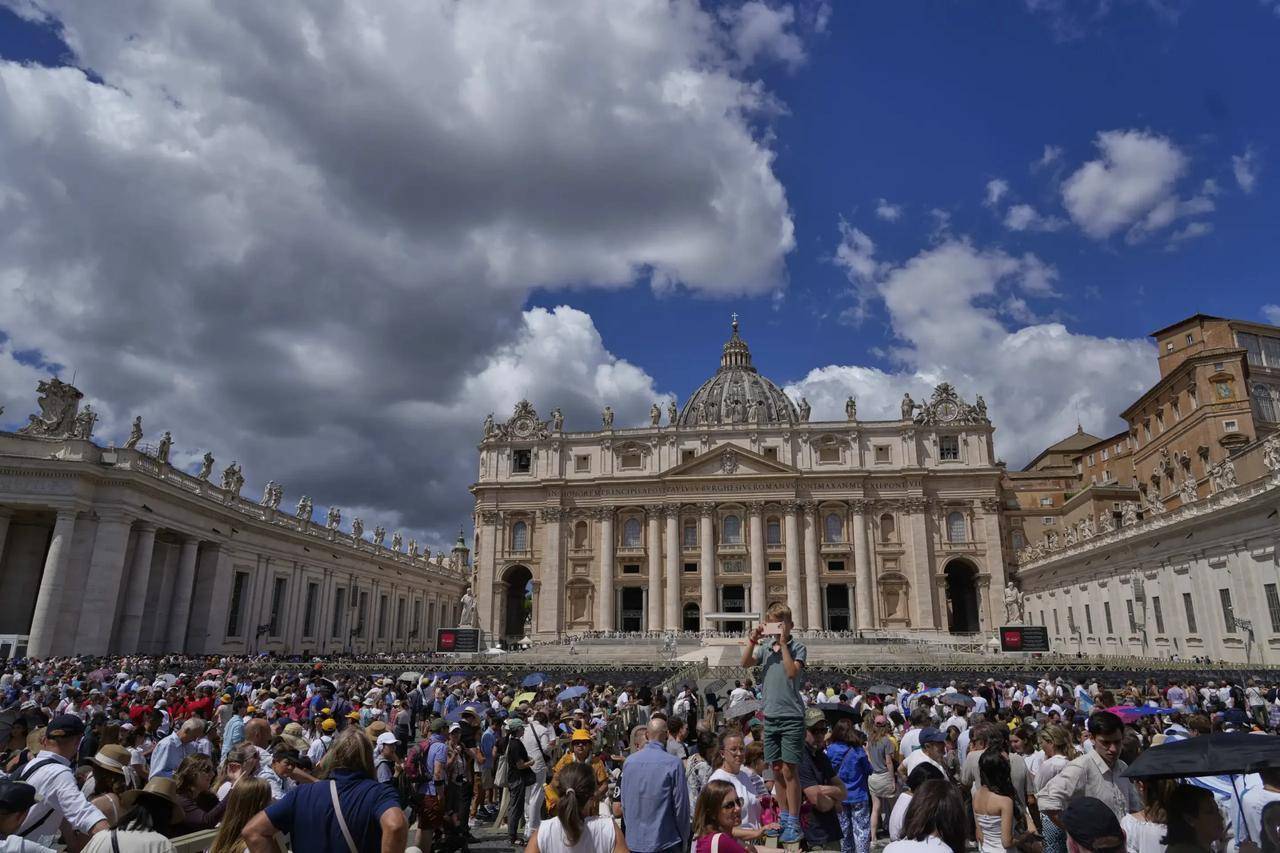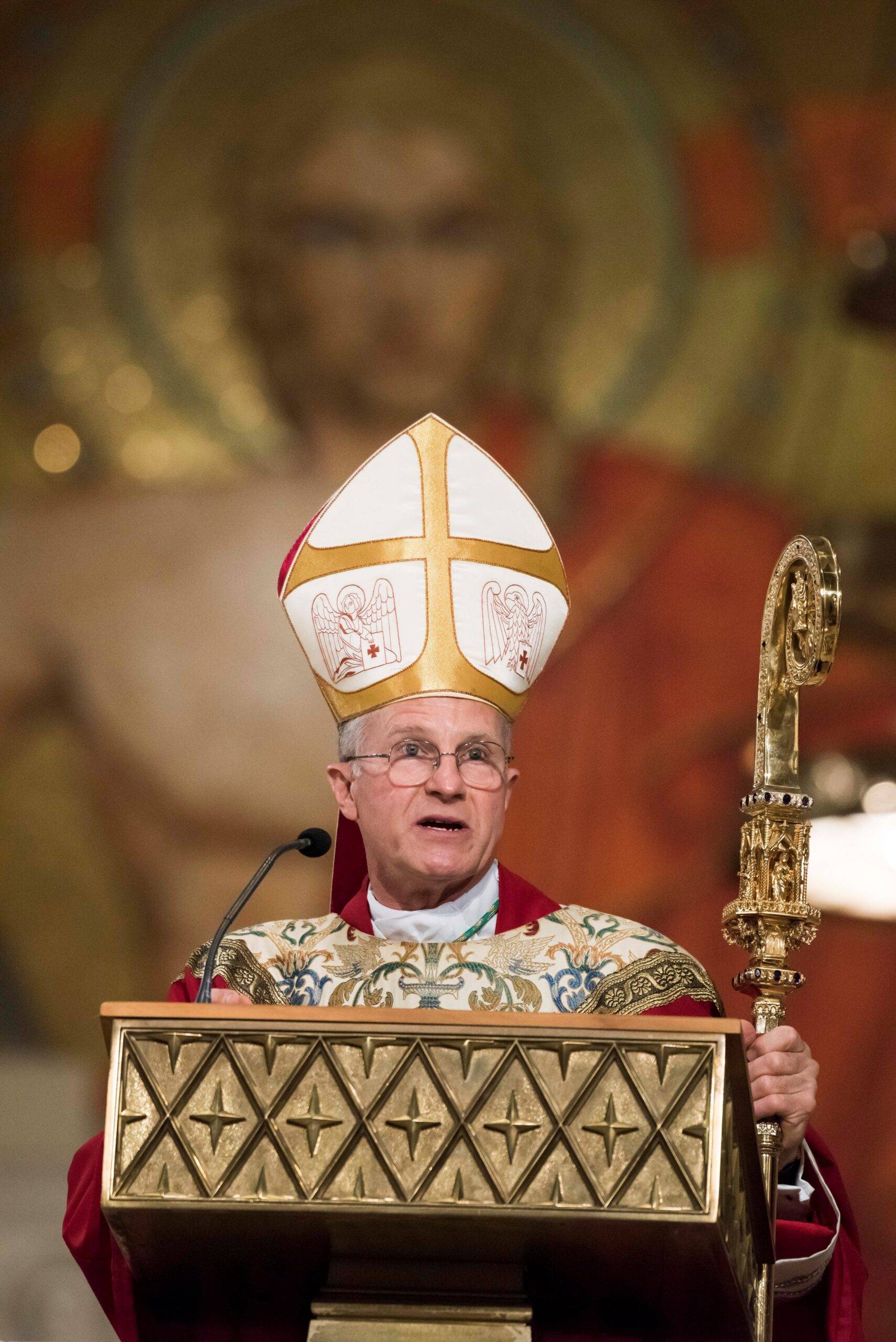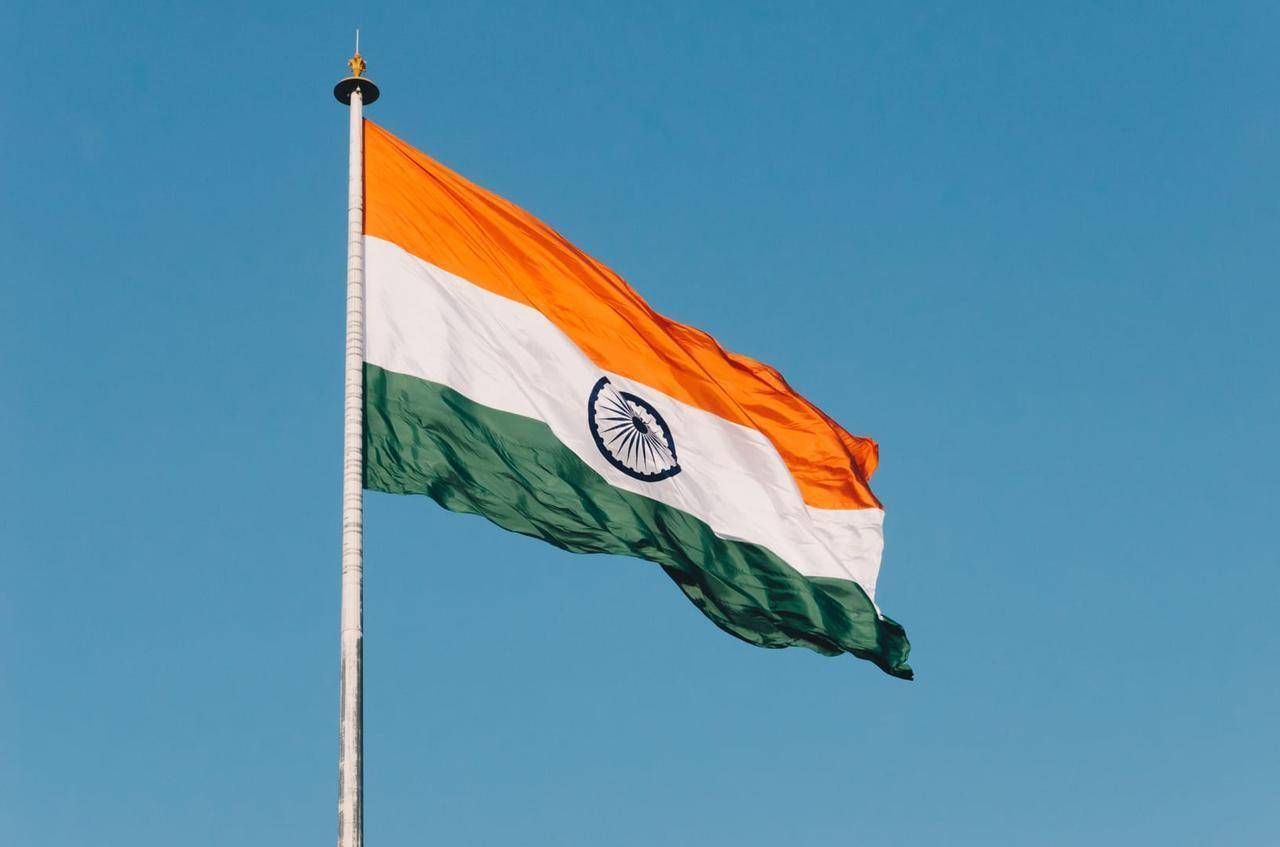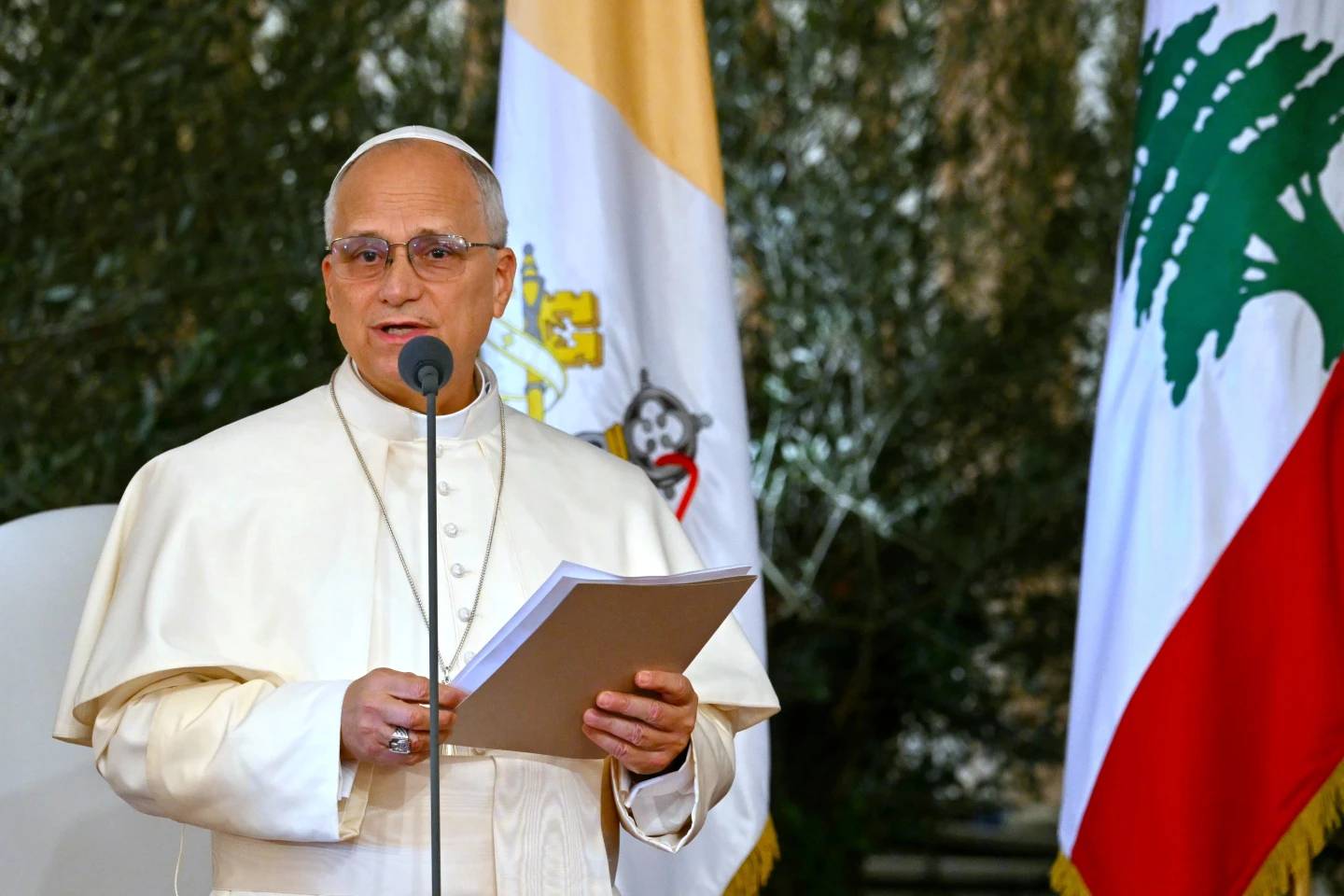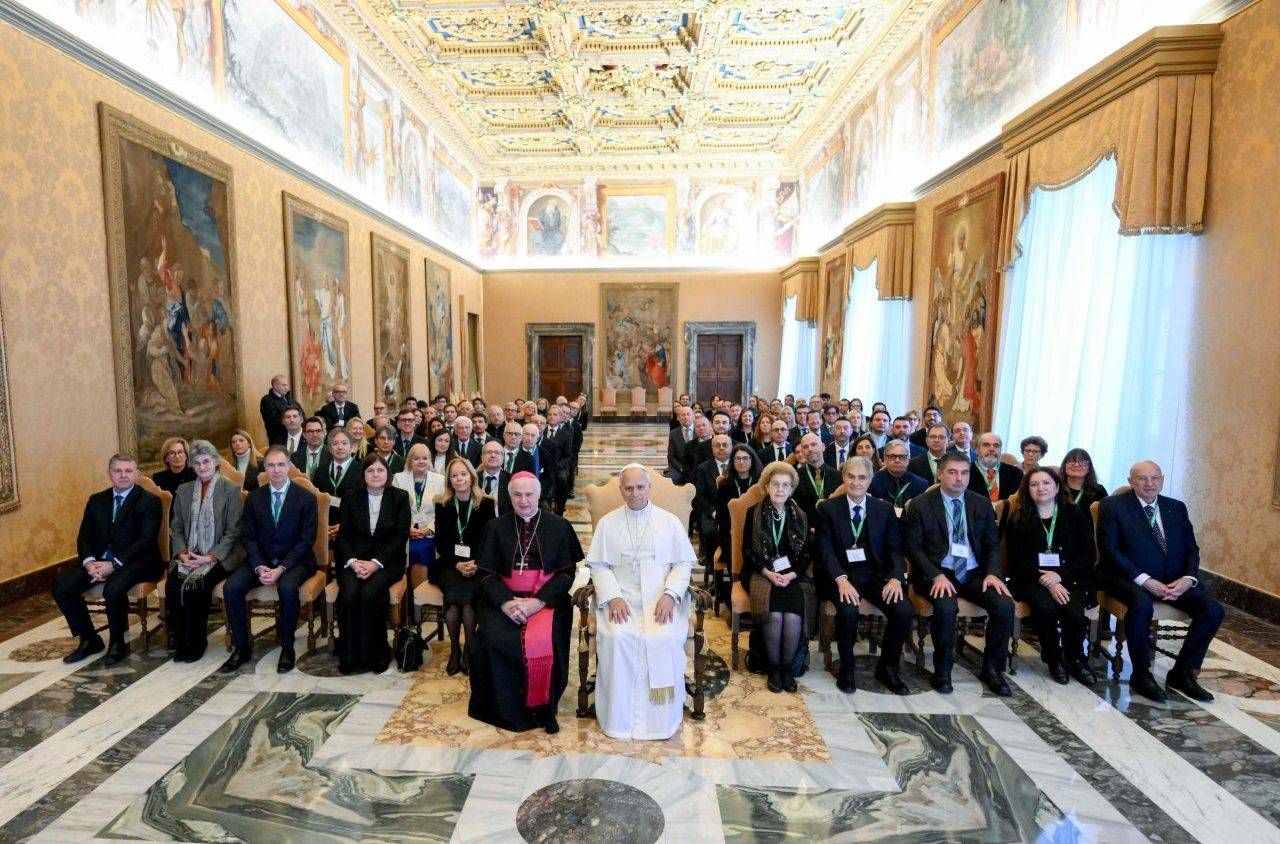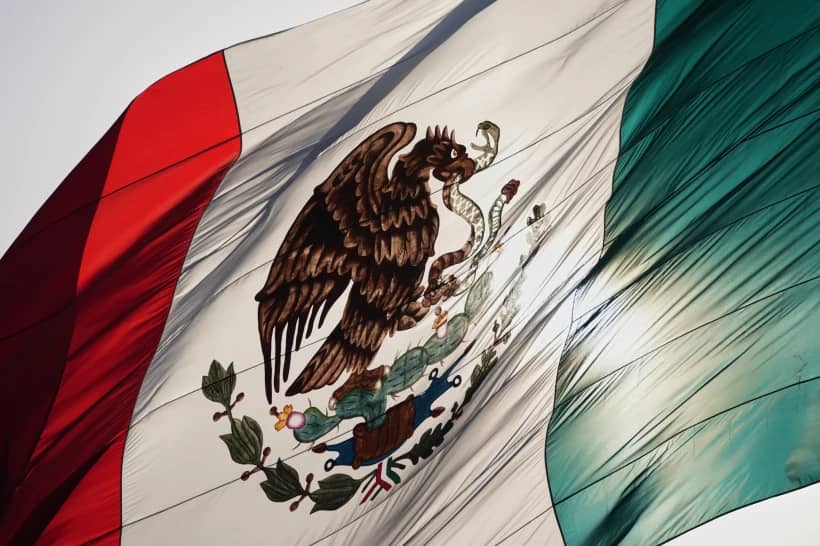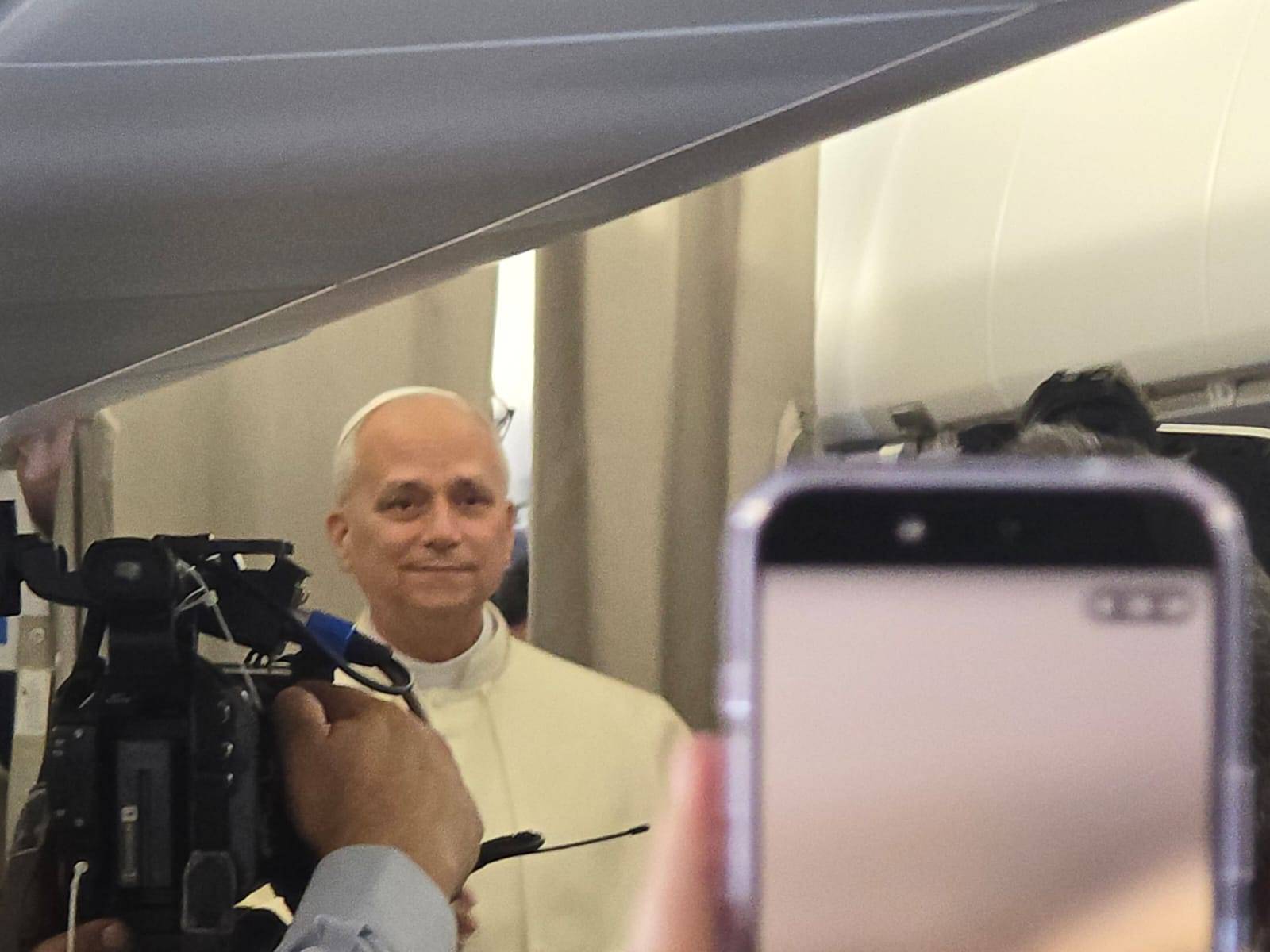ROME – A leading expert says that the Catholic Church still has a long way to go in acknowledging and being aware of sexual abuse, pointing out that the pope’s environmental encyclical Laudato Si’ is often more visible in the Church than safeguarding.
Speaking during a June 30 webinar session on “Victimology and the relational safety model,” Dr. Gabriel Dy-Liacco noted that the Catholic Church’s response to abuse complaints has changed over time – from sending priests to treatment centers only to recycle them back into ministry somewhere else, to enforcing administrative leave when a complaint comes in, to a stricter adherence to restrictions on ministry when victims made allegations.
“Historically, unfortunately, Church leaders have focused their response on priests, not victims, and these responses were all done in secrecy. They lacked transparency,” he said, noting that while Church leaders are beginning to understand the issue better, there is still a long way to go.
In the United States, there is now a charter for child protection, “but changes [are] not fully implemented,” Dy Liacco said, noting that while the U.S. also has mandatory safe environment training and audits, “this is not true of the Church in many parts of the world.”
“If we look at even just the first step of institutional response, which would be acknowledgement and awareness, step one, that is not present in the Church. It does not have a presence,” he said.
To illustrate his point, Dy Liacco pointed to Pope Francis’s 2015 encyclical on care for the environment, Laudato Si’, noting that just three months after the document came out, “it’s everywhere!”
“You go to a remote parish in the bush or in the mountains, and you’ll see something there about Laudato Si’. That’s what I mean about acknowledgement and awareness as the first step. Safeguarding and child protection, it’s not there in most of the world where the Church is,” he said.
He insisted on the need not only for more awareness, but also more interest in the topic of safeguarding. Overall, Church leadership is “doing better, but there is still a lot of work ahead of us,” he said.
Dy Liacco, and adult psychotherapist, is an associate professor at Divine Mercy University in Virginia, assistant director of safeguarding at the Catholic Safeguarding Institute in the Philippines and a founding member of the Pontifical Commission for the Protection of Minors (PCPM).
He spoke during a webinar that was organized jointly by the Pontifical Gregorian University’s Center for Child Protection (CCP), PCPM, the International Union of Superiors General (UISG), and the Italian Telefono Azzuro child help line.
A second webinar, organized by the International Safeguarding Conference Organizing Committee, was also held Tuesday, featuring Archbishop Charles Scicluna of Malta as a keynote speaker.
Adjunct secretary of the Congregation for the Doctrine of the Faith and the Vatican’s top official when it comes to investigating and prosecuting clerical abuse cases, Scicluna stressed the need to really listen to victims, treating them with “dignity and respect.”
To do this, he said, people and communities must engage “with these persons who have been hurt by ministers of the Church” and “empower their disclosure.”
Noting that oftentimes cultural taboos can prevent victims from coming forward, Scicluna pointed to the Vos Estis Lux Mundi law created by Pope Francis in May 2019, which requires every diocese to enact mandatory reporting policies and the establish a system that facilitates victim disclosure.
“But once disclosure happens, we need first of all communicate a sense of empowerment, and we’re talking about communicating with victims, but we really need to listen to them,” he said, insisting that survivors of abuse above all “need to understand that there is somebody who is really interested in what victims have to say, and it depends on what role you have when you are listening to victims.”
Scicluna also stressed the need to encourage survivors to delve into the facts of a case, while being attentive to the pain it might cause, in order to paint as clear a picture as possible during an investigation, and to keep victims informed about what is happening and why.
“We need to get the facts right, and I think that empowering victims is also challenging them to come with the narrative that is also very difficult to share,” the Maltese archbishop said.
Scicluna noted that some victims are also “right when they complain that they give their narrative to the Church, or Church authorities, or even civil or statutory authorities, and then they are left in the dark as to what is happening, either to the perpetrator, or to the aggressor,” he said, urging safeguarding officials to keep victims “in the loop.”
He also noted that it might be difficult for survivors to come forward to Church authorities, because the power dynamic might make them feel uncomfortable, and stressed the important role lay professionals play in safeguarding.
In each case of someone coming forward, he said, Church leaders, “need to get this right … we cannot have situations where nothing is done.”
Each of the other speakers during Scicluna’s webinar also stressed the need to keep victims informed, and to listen. They also addressed the need to overcome cultural taboos in talking about the issue, particularly in Africa.
During his webinar address, Dy Liacco said that the biggest thing missing from the Catholic Church’s response to abuse, be it clerical sexual abuse or physical and psychological abuse in families, is “the Church’s ability to be a guardian.”
Most abuse happens when a combo of three factors come together in one situation, he said, noting that these are the presence of a vulnerable person, the absence of a guardian, and the presence of a potential offender.
“We were expected to be a guardian, and we failed. Instead what did we do? Coverup, deny, silence, transfer,” he said, adding that as a Church, “we have not guarded our minors and vulnerable persons well.”
In most countries he has visited, Dy Liacco said there tends to be a general mentality of, “children are to be seen, not heard. “Many have an attitude that the voice of a child, a vulnerable person, is not as important, so we have trouble listening and hearing their voice,” he said.
Dy Liacco also said there tend to be more resources available to offenders than survivors, noting that in developed countries, there are exclusive psychiatric facilities for offenders, “but not many for victims.”
He also pointed to the absence of an adequate ministry for victims in the Catholic Church, observing that throughout the world, most dioceses have programs for youth ministry, family and life ministry, or a ministry for the environment, but “We do not have this for victims, whether for clerical abuse or any other kind of abuse.”
“That is a disturbing reality, and if you feel disturbed that’s good, because it should be disturbing us,” he said.
Dy Liacco traced the history of abuse in the Church and outlined the profile of those who tend to abuse, noting that while more research is needed, most abusers come from backgrounds in which they themselves experienced some form of abuse or developed poor methods of coping with trauma and stress.
He also speculated that the wide gap between abuse of adolescent boys and adolescent girls is due to who offenders had easiest access to, and that abuse of young girls might increase now that they are allowed to hold more positions in parishes, such as being an altar server.
There is also potentially a loneliness factor, he said, noting that in many countries, there are “high levels of isolation,” and “priests are left alone in parishes.” It was not until about 20 years ago, he said, that diocesan priests began to have time set aside for community life.
Citing statistics on the number of diocesan priests who committed abuse versus the number of priests belonging to religious orders, Dy Liacco said the percentage of religious priests “is lower.” One difference is community life, he said, noting that there is also “very little direct supervision in a diocesan setting.”
Recalling some of Pope Francis’s remarks apologizing for the Church’s horrifying cases of clerical abuse, Dy Liacco said this is “what happens, what has happened, because of our absence as guardians.”
He stressed the need to intervene on multiple levels, offering viewers a 3-tierd prevention and intervention model developed by a graduate of the CCP’s course on safeguarding, which includes provisions at the level personal formation, communitarian and interpersonal formation and institutional formation through policies, systems and culture.
“We need to do better to make this guardian present here, accessible to the vulnerable person, knowing how to handle these offenders, especially repeat offenders,” he said, adding that, “What is at stake here is the soul of the victim, and of the perpetrator.”
Follow Elise Ann Allen on Twitter: @eliseannallen






